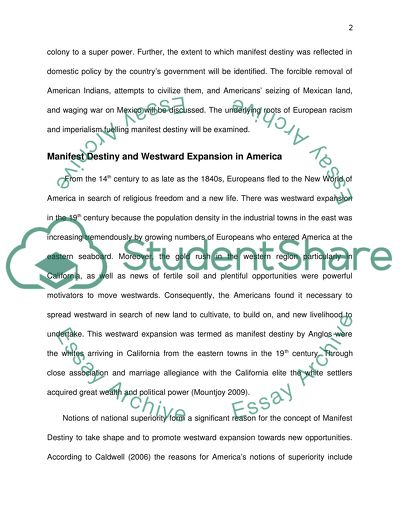Cite this document
(“Manifest destiny and the forcible removal of american indians Research Paper”, n.d.)
Retrieved from https://studentshare.org/family-consumer-science/1420280-manifest-destiny-and-the-forcible-removal-of
Retrieved from https://studentshare.org/family-consumer-science/1420280-manifest-destiny-and-the-forcible-removal-of
(Manifest Destiny and the Forcible Removal of American Indians Research Paper)
https://studentshare.org/family-consumer-science/1420280-manifest-destiny-and-the-forcible-removal-of.
https://studentshare.org/family-consumer-science/1420280-manifest-destiny-and-the-forcible-removal-of.
“Manifest Destiny and the Forcible Removal of American Indians Research Paper”, n.d. https://studentshare.org/family-consumer-science/1420280-manifest-destiny-and-the-forcible-removal-of.


